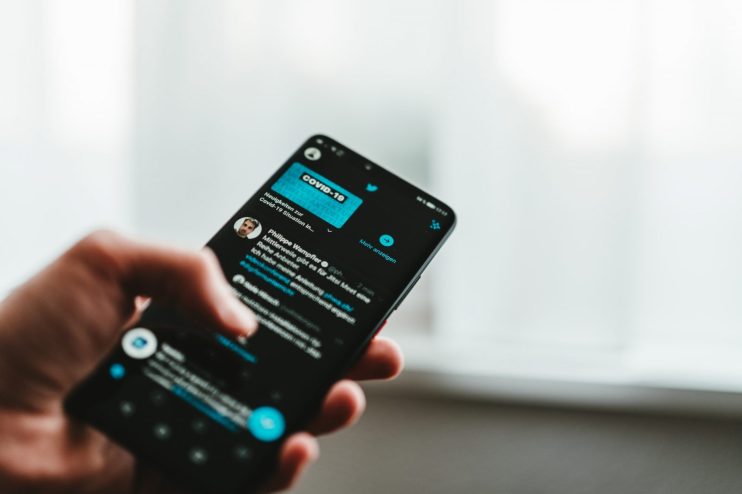Twitter debuts ‘safety mode’ autoblocking to curb online abuse

Twitter has unveiled a new feature called “Safety Mode” that will allow users to temporarily block accounts for seven days if they use harmful language or send uninvited replies and mentions.
The social media giant said in a blog post today that it had begun testing the safety feature on a small feedback group of Twitter users with English language settings enabled on their device.
When users turn on the new safety feature in their settings, the platform’s technology will “assess the likelihood of a negative engagement by considering both the tweet’s content and the relationship between the tweet author and replier,” Twitter said in a statement today.
Accounts that a user follows or frequently interacts with will not be autoblocked under the new feature.
But those that are found to be harmful will be unable to follow the victim of abuse’s account, see their tweets, or send them direct messages.
Social media platforms are facing growing scrutiny over their failure to crack down on harmful content online.
Twitter has faced mounting calls to improve oversight of online abuse on its platform and increase its protection of users against harmful interactions following several high profile incidents – most notably the racial abuse and targeting of black members of the England football team during the Euros.
In the wake of the Euros abuse, the social media platform said the UK was “by far” the biggest source of abusive tweets sent on the night of England’s defeat to Italy and in the following days.
Twitter said its automated tools identified and removed 1,600 tweets during the final and in the 24 hours that followed, while it also responded to reports.
The UK is preparing new laws that will hold companies responsible for material posted to their platforms, with hefty fines for breaches.
“We want you to enjoy healthy conversations, so this test is one way we’re limiting overwhelming and unwelcome interactions that can interrupt those conversations,” Twitter said.
“Our goal is to better protect the individual on the receiving end of Tweets by reducing the prevalence and visibility of harmful remarks.”